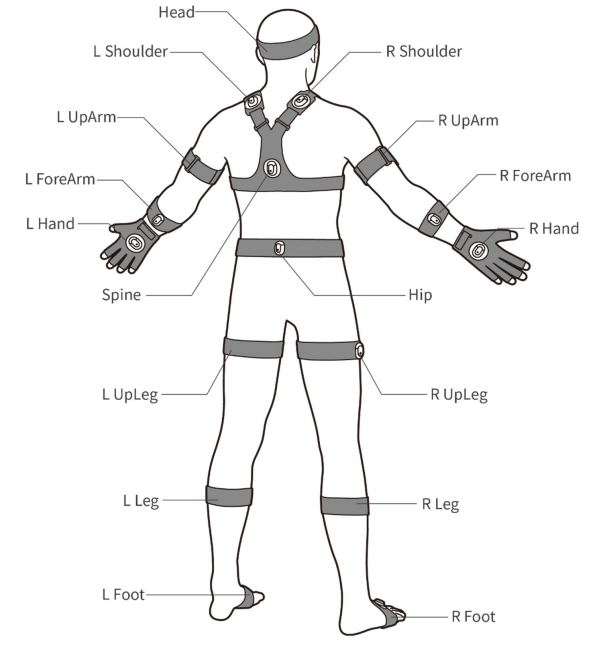Noreen Gao, Emmanouil Katsimpalis, JuHyeong Ryu, Chul Min Yeum, Eihab Abdel-Rahman, and Carl Haas
i Department of Civil and Environmental Engineering, University of Waterloo, 200 University Ave W, Waterloo, ON, Canada, x97gao@uwaterloo.ca; mkatsimpalis@uwaterloo.ca; cmyeum@uwaterloo.ca; chaas@uwaterloo.ca
ii Department of Industrial & Management Systems Engineering, West Virginia University, Morgantown, WV, United States, juhyeong.ryu@mail.wvu.edu
iii Department of Systems Design Engineering, University of Waterloo, 200 University Ave W, Waterloo, ON, Canada, eihab@uwaterloo.ca
ABSTRACT
The construction industry plays a significant role in Canada’s economy but faces challenges associated with health and safety, particularly ergonomic hazards involved in manual materials handling. These hazards, such as frequent heavy lifting, often lead to musculoskeletal disorders (MSDs), with masonry and plastering among the highest-ranking occupations for MSD claims. Recent technological advancements have made Virtual Reality (VR) applications increasingly adopted in construction training, demonstrating improvements in engagement, skill development, and safety, offering potential benefits over conventional in-person training. However, its effectiveness in teaching proper ergonomic posture and reducing injury risks has not been thoroughly explored. A key question is whether users adopt different movements when handling a weightless block in a virtual masonry environment. This study conducted experiments to compare real lifts (lifting physical blocks in a real-world setting) and VR lifts (lifting virtual weightless blocks in a VR-simulated environment), assessing motion behaviour in both contexts. In both experiments, while performing the same tasks of lifting blocks, participants were asked to wear a motion capture suit to record the motion data. The collected data were processed for analysis using the Rapid Upper Limb Assessment (a standard test for ergonomic risk), followed by a detailed analysis of the scores for body sections, including upper arm, lower arm, neck, and trunk. Experimental results demonstrate a significant statistical difference in motion behaviour between VR and real-life tasks, particularly in the trunk and neck. We conclude that VR training developments for the trades must recognize this limitation.
KEYWORDS: motion capture, virtual reality, ergonomics, masonry.
116-Gao.pdf



